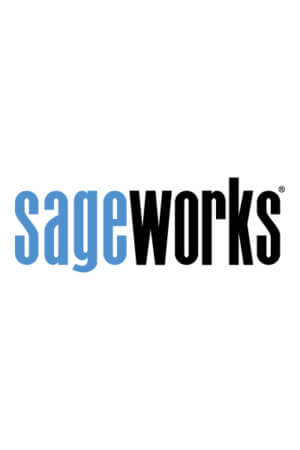What Borrower Data to Collect for Agricultural Lending
Banks involved in agricultural lending understand that the volatility of the industry – unpredictable weather patterns, variable commodity prices and more – can often lead to higher amounts of risk compared to other concentrations. With decreasing ag incomes, combined with increasing demand for ag loans, banks need to evolve in this area of lending. By improving policies and procedures, banks can make better and more profitable ag lending decisions.
Improving policies and procedures starts with asking for and collecting the right data to fully understand a borrower. Banks, in particular, community banks, have often relied on a borrower’s character, one of the 5 Cs of Credit, to make lending decisions. While forming these subjective opinions has been the norm – certain borrowers have been with the bank “forever” and there is a strong existing relationship – banks should also review the other Cs of Credit to more comprehensively analyze a borrower’s ability to pay back the loan.
Quickly analyze prospective agricultural borrowers.
In order to analyze an ag borrower or farm thoroughly, Chris Smith, senior credit risk consultant at Sageworks, recommends that banks gather the following documents before making a lending decision:
• Last three years of 1040 tax returns
• Personal financial statements
• Schedule F documentation
• Business debt schedule
• Attached statements
• Itemized debt schedule
• Financial statements
• Cash flow information
• Interim financial statements
• Credit bureau reports
• Deposit account worksheet
• Machinery inventory worksheet
• Payables/receivables list
• 12-month income and expense projection
• A brief description of business and business plan
• Last three years’ production history (for example, milk shipped, crop yields, etc.)
It is important that institutions require this data for proper credit analysis. Beyond requiring the data, it should be entered into accessible systems, like customer relationship management solutions, tickler software or workflow applications with approval processes. Throughout the process, consistency among lenders and analysts is key.
With high production costs and even more variable commodity prices, it is paramount that institutions obtain and review the proper documents.



